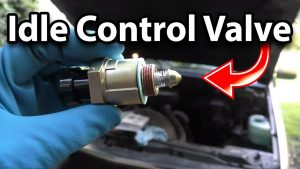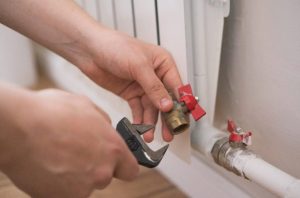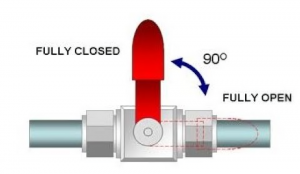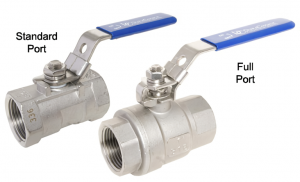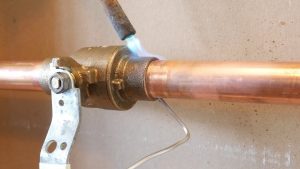Pneumatic ball valve has been widely used in power generation, paper making, petroleum, chemical industry, atomic energy, aviation, rocket and other industries, as well as people’s daily life. Today, let’s share the relevant knowledge of the classification of pneumatic ball valves!
I. Overview of Pneumatic Ball Valve
Pneumatic ball valve is a ball valve equipped with a pneumatic actuator, the execution speed of which is relatively fast with the fastest switching speed of 0.05 seconds / time, so it is also referred to as pneumatic quick cut-off ball valve.
Basically, the pneumatic ball valve employs magnetic valve, air source treatment triplet, limit switch, positioner, control box and other fittings to realize local control and remote centralized control. It allows the valve to be opened and closed in the control room without manual operation at the site or at high altitude and dangerous areas, which saves time and human resources, and improves safety to a great extent.
II. Classification of Pneumatic Ball Valves
1. Trunnion Mounted Ball Valve
The ball of pneumatic ball valve is fixed and will not move after pressure acts on it. While the floating valve seat it employs will move under the medium pressure to allow the sealing ring being pressed in tight against the ball to ensure seal. Equipped with bearings on the upper and lower shafts with low operating torque, fixed ball is suitable for high-pressure and large-diameter valves.
In order to reduce the operating torque of pneumatic ball valve and increase the reliability of sealing, oil sealed ball valve appears, that is, special lubricating oil is injected between sealing surfaces to form an oil film, which not only enhances the sealing performance, but also reduces the operating torque, which is more suitable for high-pressure and large-diameter ball valves.
2. Floating Ball Valve
The ball of pneumatic ball valve is floating. The medium pressure acts upon the ball and the ball moves with a certain displacement and is pressed tightly on the sealing surface of the outlet end to ensure its sealing.
The floating pneumatic ball valve has simple structure and good sealing performance, but all the load of the working medium borne by the ball is transmitted to the outlet sealing ring. Therefore, it is necessary to consider whether the sealing ring material can withstand the working load of the ball medium. This structure is widely used in medium and low pressure ball valves.
3. Elastic ball Valve
The ball of pneumatic ball valve is elastic. The ball and valve seat sealing ring are made of metal materials with large sealing pressure ratio. The pressure of the medium itself can not meet the sealing requirements, so external force must be applied. This valve is well suited for high temperature and high pressure medium.
Elasticity is attainable from an elastic groove at the bottom of inner wall of the ball. When the passage is closed, the wedge head of the valve stem permits the ball to be expanded and pressed against the valve seat tightly to achieve sealing. Loosen the wedge head before rotating the ball, and the ball will return to its original size, resulting in a small gap between the ball and the valve seat, which can reduce the friction on the sealing surface and operating torque.






